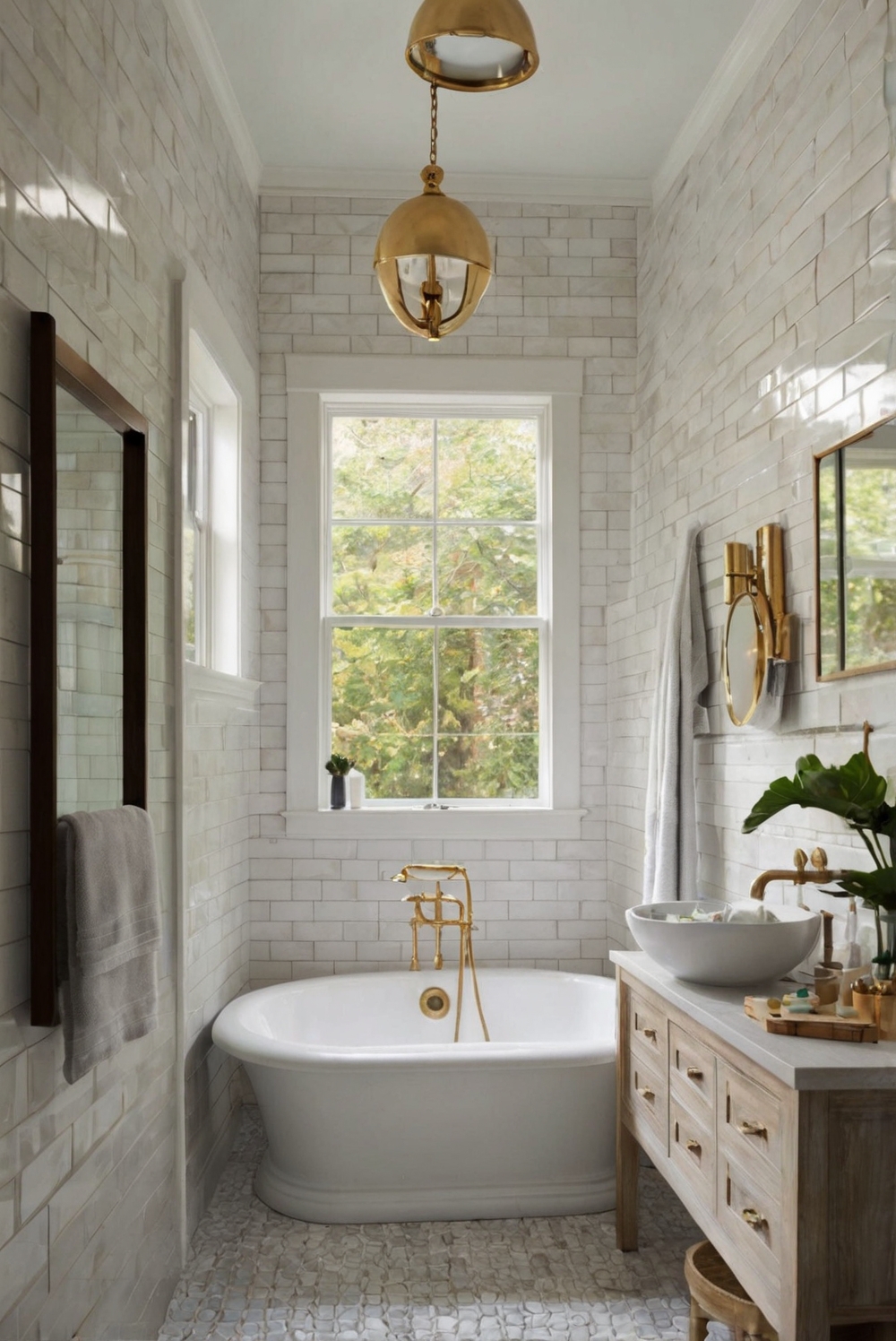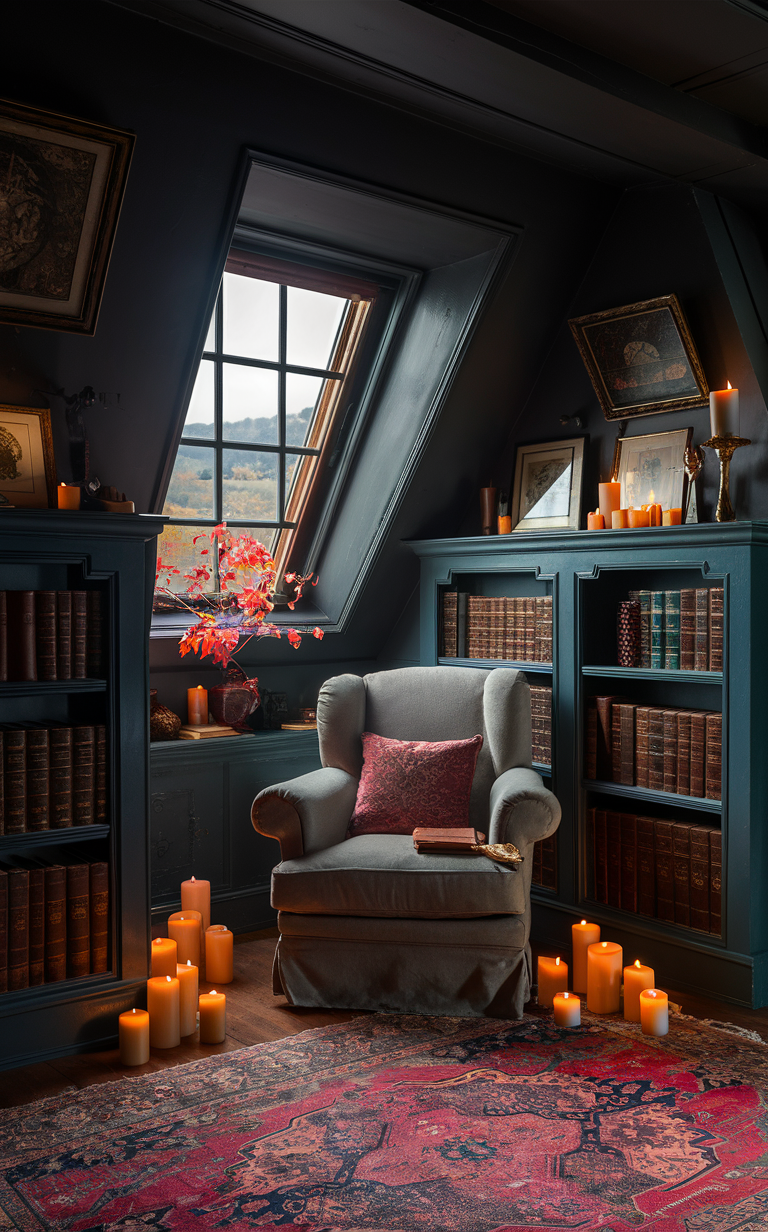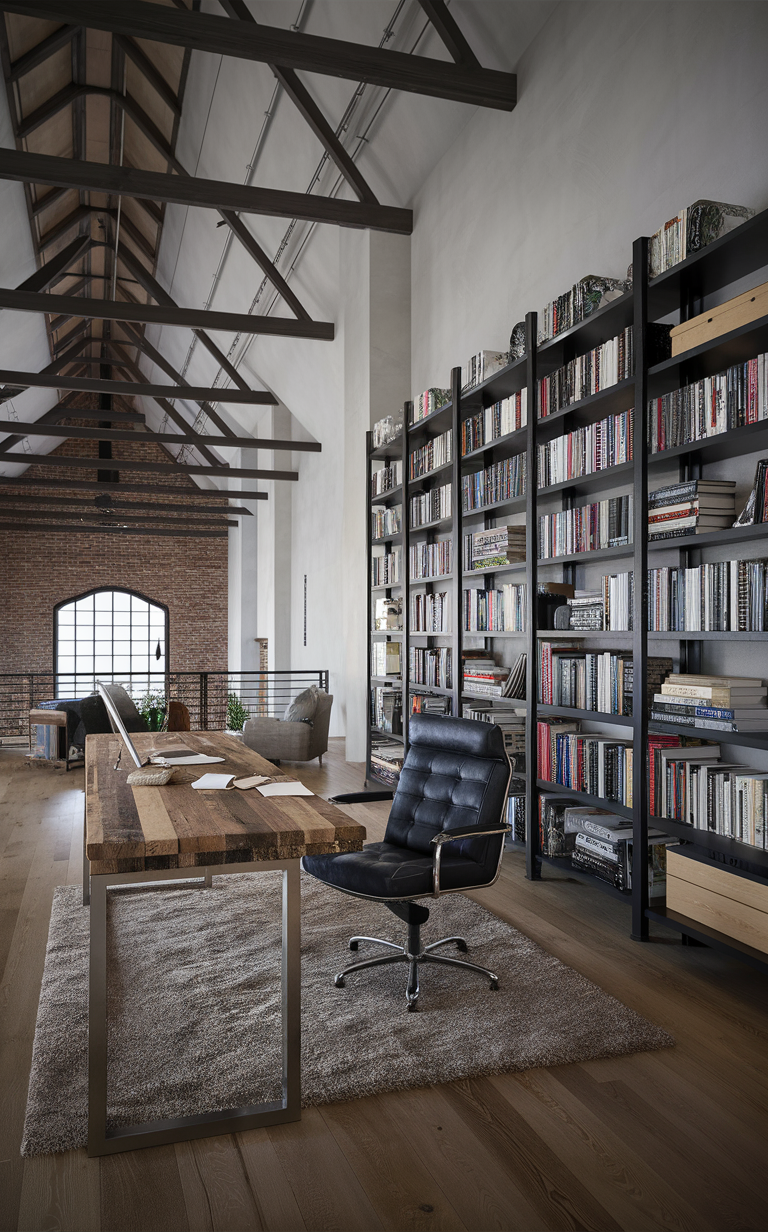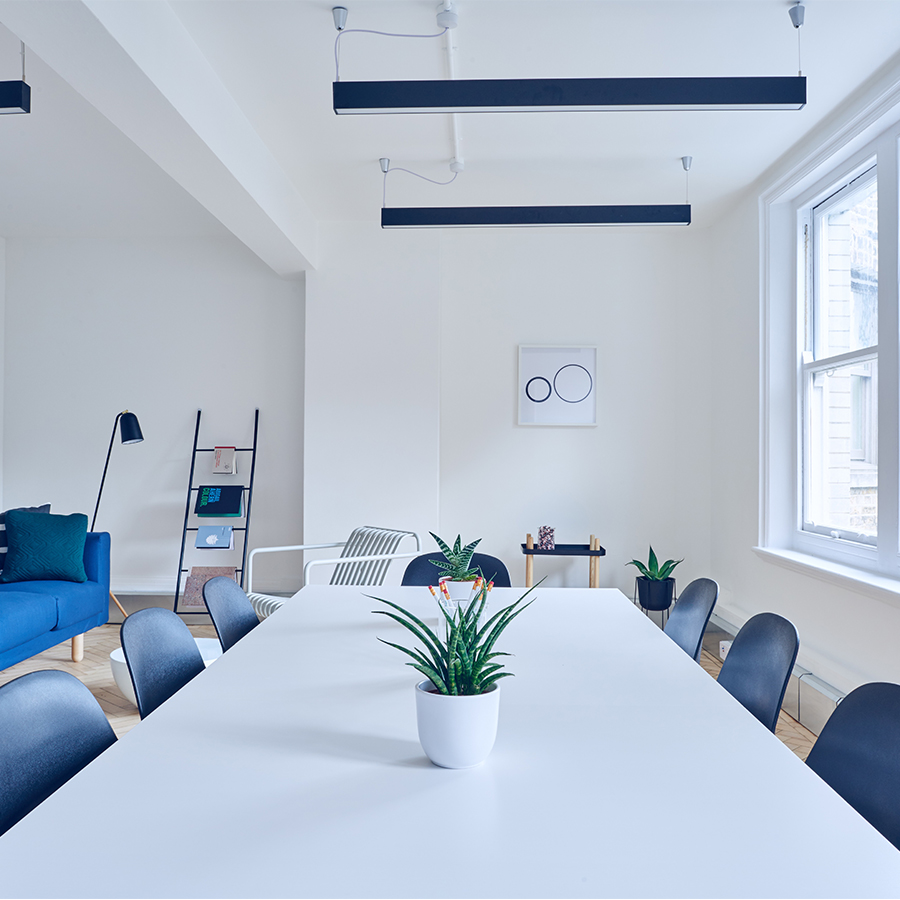Discover innovative ways to design a gender-neutral bathroom that promotes inclusivity and diversity. Explore 5 creative ideas for creating an inclusive space for all individuals.
5 Ideas for Creating a Gender-Neutral Bathroom (Inclusive Design)
One idea is to install gender-neutral signage that promotes inclusivity. You can use symbols or phrases like “All Gender Restroom” to indicate that the bathroom is welcoming to everyone.
Another idea is to provide a variety of restroom fixtures, including both urinals and stalls, to accommodate different preferences. This can help create a more comfortable environment for all users.
Consider implementing private changing spaces within the bathroom to offer privacy and convenience for users who may need to change clothes or attend to personal needs.
Adding simple and stylish design elements such as neutral colors, plants, and artwork can help create a warm and inviting atmosphere that appeals to a wide range of individuals.
Finally, make sure to regularly maintain and clean the bathroom to ensure a safe and hygienic environment for all users. This includes stocking up on essential supplies like toilet paper, soap, and paper towels.
By implementing these ideas, you can create a gender-neutral bathroom that promotes inclusivity and meets the needs of a diverse range of users.
Creating a gender-neutral bathroom that is safe and inclusive for all users is essential in public spaces. Here are some key ideas and tips to consider when designing a gender-neutral bathroom to ensure that everyone feels comfortable and respected:
How do I ensure that a gender-neutral bathroom is safe and secure for all users?
When designing a gender-neutral bathroom, safety and security should be top priorities. Ensure that the bathroom is well-lit, has clear signage indicating it is gender-neutral, and is easily accessible for all individuals. Install sturdy locks on the doors for privacy and consider adding emergency call buttons for added security. Regular maintenance and cleaning are also crucial to ensure a safe and hygienic environment for all users.
What are the benefits of implementing gender-neutral bathrooms in public spaces?
Implementing gender-neutral bathrooms has numerous benefits, such as promoting inclusivity, providing a safe space for transgender and non-binary individuals, and reducing instances of discrimination and harassment. Gender-neutral bathrooms also accommodate families, caregivers, and individuals with disabilities, making public spaces more accessible to a diverse range of people. Additionally, gender-neutral bathrooms can help challenge traditional gender norms and create a more welcoming environment for everyone.
Can I modify existing bathrooms to be gender-neutral, or do I need to build new ones?
You can modify existing bathrooms to be gender-neutral by making simple changes such as removing gender-specific signage, installing privacy dividers, and updating the restroom layout to provide individual stalls with locking doors. However, in some cases, it may be more practical to build new gender-neutral bathrooms to ensure that they meet safety and accessibility standards. Consider the space available and consult with designers and architects to determine the best option for your specific needs.
How can I address any potential backlash or resistance from individuals who are opposed to gender-neutral bathrooms?
Addressing backlash or resistance to gender-neutral bathrooms requires education, communication, and empathy. Engage with stakeholders and community members to address concerns and provide information on the importance of gender-inclusive spaces. Highlight the benefits of gender-neutral bathrooms in promoting diversity and inclusion, and emphasize that everyone deserves to feel safe and respected in public spaces. Encourage open dialogue and create opportunities for constructive conversations to help change attitudes and perceptions over time.
What are the essential design elements to consider when creating a gender-neutral bathroom?
When designing a gender-neutral bathroom, consider factors such as privacy, accessibility, safety, and inclusivity. Opt for individual stalls with floor-to-ceiling dividers to ensure privacy for all users. Provide accessible features such as grab bars, wheelchair-accessible sinks, and changing tables to accommodate diverse needs. Use gender-neutral colors, materials, and signage to create a welcoming and inclusive atmosphere. Ensure proper ventilation, lighting, and maintenance to enhance comfort and hygiene in the bathroom environment.
How can I ensure that all users feel comfortable and respected in a gender-neutral bathroom environment?
To ensure that all users feel comfortable and respected in a gender-neutral bathroom environment, prioritize inclusivity and sensitivity in your design and messaging. Train staff on how to address any incidents of discrimination or harassment and create a culture of respect and acceptance in the space. Provide clear guidelines on proper behavior and etiquette in the bathroom to foster a safe and welcoming atmosphere for everyone. Additionally, seek feedback from users to continuously improve the design and amenities of the gender-neutral bathroom.
Are there any legal requirements or guidelines I need to follow when designing and implementing a gender-neutral bathroom?
When designing and implementing a gender-neutral bathroom, it is essential to comply with legal requirements and guidelines related to accessibility, safety, and non-discrimination. Familiarize yourself with local building codes, regulations, and ADA requirements to ensure that the bathroom meets all necessary standards. Consult with legal experts or accessibility consultants if needed to ensure compliance with relevant laws and guidelines. Additionally, consider seeking input from advocacy groups or individuals with lived experiences to inform your design decisions and create a truly inclusive gender-neutral bathroom.
In conclusion, creating a gender-neutral bathroom that is inclusive and welcoming for all users involves thoughtful planning, design, and implementation. By considering safety, accessibility, privacy, and inclusivity in your design approach, you can create a space where everyone feels comfortable, respected, and valued. Embrace diversity, challenge traditional norms, and promote a culture of acceptance in public spaces through the design of gender-neutral bathrooms.








